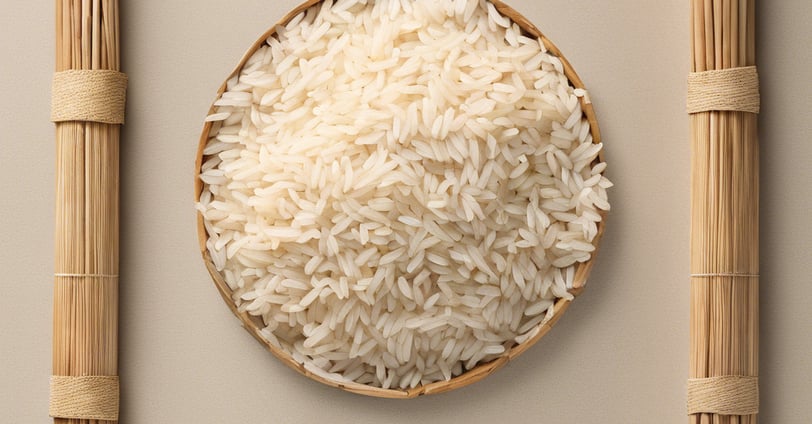The Rice Manufacturing Process: From Drying to Sorting
7/21/20242 min read


Introduction to Rice Manufacturing
Rice is a staple food for a significant portion of the global population. The journey of rice from the field to the plate involves several meticulous steps to ensure quality and safety. This blog post delves into the rice manufacturing process, particularly focusing on the stages of drying, milling, and sorting.
Drying the Harvested Rice
Once rice is harvested, it contains a high moisture content that needs to be reduced to prevent spoilage. The drying process is crucial and typically involves two main methods: sun drying and mechanical drying. Sun drying involves spreading the rice out in thin layers under the sun, which is cost-effective but weather-dependent. Mechanical drying, on the other hand, uses specialized equipment to control temperature and airflow, providing a more consistent and faster drying process.
Milling the Rice
After drying, the rice undergoes milling to remove the husk, bran, and germ layers. This process begins with de-husking, where the outer husk is removed. The resulting product is known as brown rice. For white rice, the milling process continues with the removal of the bran and germ layers. This is accomplished through a series of abrasive or frictional processes, resulting in polished white rice. Milling not only enhances the rice's appearance but also extends its shelf life.
Sorting and Grading
Sorting is the final step in the rice manufacturing process and is critical for ensuring uniformity and quality. Sorting involves separating the rice grains based on size, shape, and color. Advanced optical sorting machines are often used, which can detect and remove discolored or damaged grains, ensuring that only the best quality rice reaches consumers. Grading further categorizes the rice based on size and quality, allowing for the production of different rice grades suited to various market needs.
Conclusion
The rice manufacturing process, from drying to sorting, is a meticulously controlled series of steps designed to produce high-quality rice. Each stage, from reducing moisture content to removing impurities and ensuring uniformity, plays a vital role in delivering the final product. Understanding this process highlights the effort and technology involved in transforming harvested rice into a staple food enjoyed worldwide.
